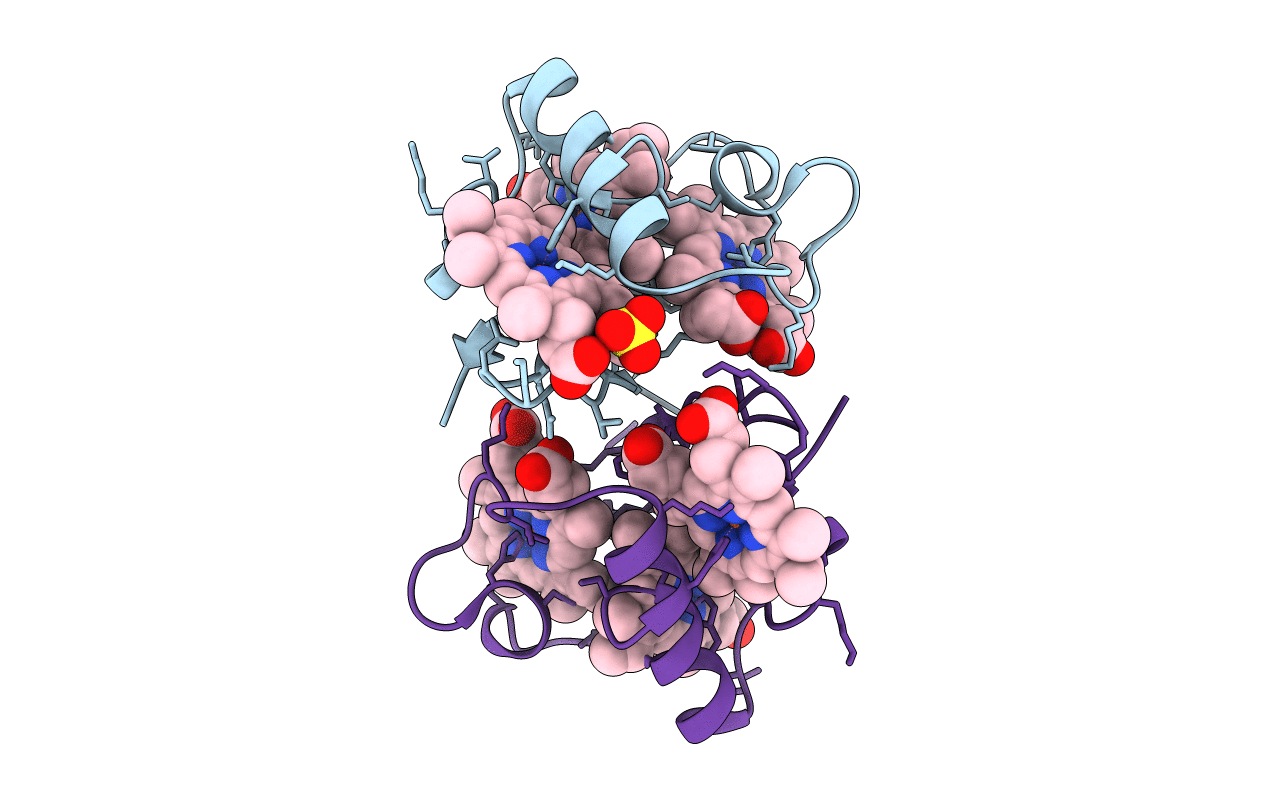
Deposition Date
2008-01-14
Release Date
2008-07-01
Last Version Date
2024-02-21
Entry Detail
PDB ID:
3BXU
Keywords:
Title:
PpcB, A Cytochrome c7 from Geobacter sulfurreducens
Biological Source:
Source Organism:
Geobacter sulfurreducens (Taxon ID: )
Host Organism:
Method Details:
Experimental Method:
Resolution:
1.35 Å
R-Value Free:
0.18
R-Value Work:
0.16
R-Value Observed:
0.16
Space Group:
P 21 21 21


